
CNC Tool Selection Decoded: 15 Essential Principles Revealed
28 August 2024
Advancing Plastic Prototypes with CNC Machining: Techniques and Benefits
4 September 2024In the world of manufacturing, CNC machining and aluminum casting have long been foundational processes, enabling the creation of precise, high-quality components across various industries. CNC machining, with its computer-controlled precision, allows for the production of intricate parts with tight tolerances, while aluminum casting offers a versatile method for shaping metal into complex forms. The synergy of these techniques has driven significant advancements in manufacturing, but as industries demand even more efficient and high-performance solutions, innovation becomes essential. Advanced aluminum casting techniques are revolutionizing CNC machining by enhancing the material's properties, improving production efficiency, and enabling the creation of more complex and durable components. This combination of traditional expertise with cutting-edge technology is setting new standards in the manufacturing sector, pushing the boundaries of what's possible in CNC machining.
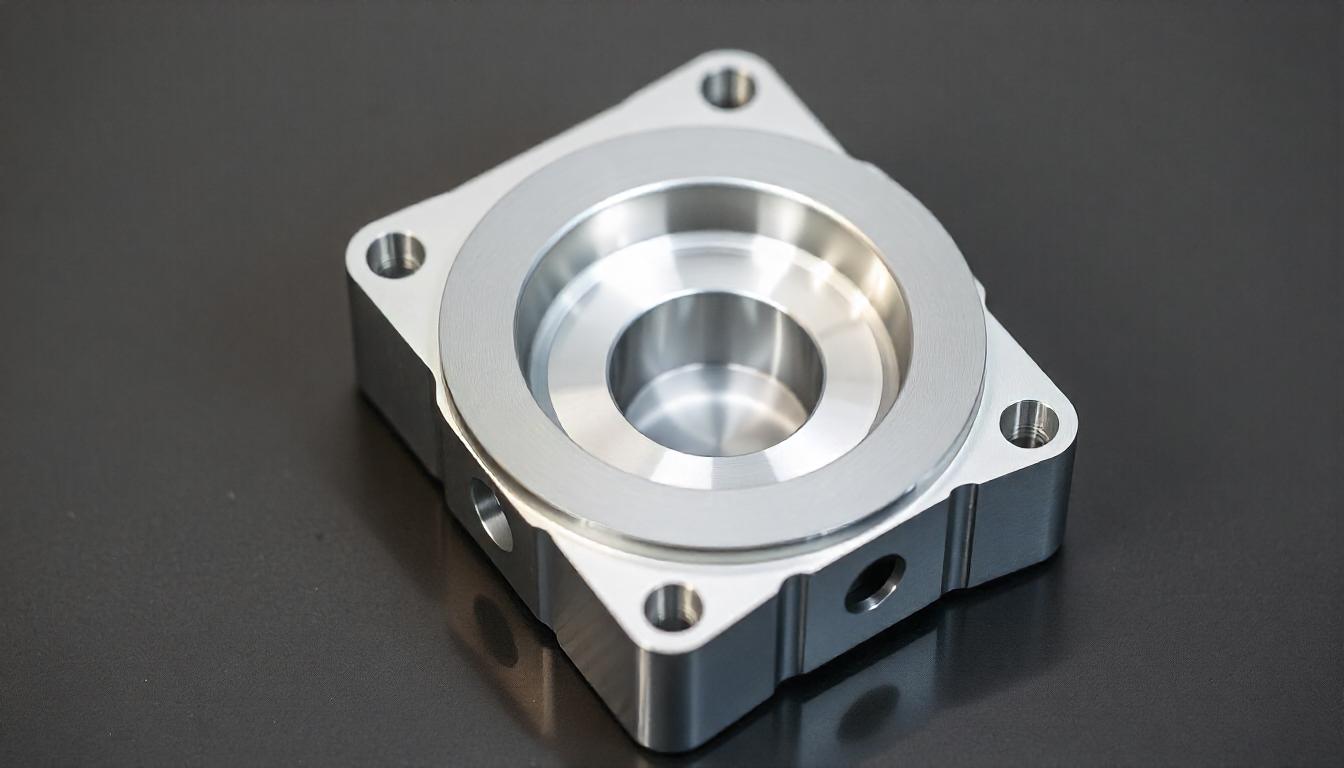
The Evolution of Aluminum Casting in CNC Machining
Aluminum casting has a rich history that dates back to the early 19th century when it was first utilized as a method to shape aluminum into various forms. Initially, the process was rudimentary, relying on basic sand casting techniques to produce relatively simple shapes. As aluminum became more accessible and its unique properties—such as its lightweight nature and corrosion resistance—became widely recognized, its use in casting grew rapidly. By the mid-20th century, aluminum casting had become a staple in industries like automotive and aerospace, where the demand for lightweight yet strong materials was paramount.
The transition from traditional aluminum casting methods to advanced techniques marked a significant turning point in the industry. Traditional methods, while effective, often lacked the precision and efficiency required for modern applications. With the advent of technologies such as die casting, investment casting, and automated sand casting, manufacturers could achieve tighter tolerances, smoother surface finishes, and more complex geometries. These advancements also allowed for faster production times and reduced material waste, making aluminum casting a more viable option for mass production in CNC machining.
Key milestones in the development of aluminum casting include the introduction of high-pressure die casting in the 1960s, which revolutionized the production of intricate, high-volume parts. The development of advanced alloys and the integration of computer-aided design (CAD) and computer-aided manufacturing (CAM) in the casting process further enhanced the capabilities of aluminum casting. Today, the continuous evolution of these techniques is enabling manufacturers to push the limits of what can be achieved with CNC machining, driving innovation across industries.
Advantages of Using Aluminum in CNC Machining
Aluminum's Unique Properties
Lightweight: One of the most compelling advantages of aluminum in CNC machining is its lightweight nature. Weighing significantly less than other metals like steel, aluminum allows for the creation of components that are easier to handle and transport without compromising strength. This lightweight characteristic is particularly valuable in industries such as aerospace and automotive, where reducing the overall weight of parts directly contributes to improved fuel efficiency and performance.
Strength: Despite its lightweight nature, aluminum boasts an impressive strength-to-weight ratio, making it a preferred material for applications where durability is essential. This strength allows aluminum to withstand considerable stress and load, which is crucial for components subjected to high mechanical demands. Moreover, aluminum alloys can be engineered to further enhance their strength, providing even greater reliability in demanding applications.
Corrosion Resistance: Aluminum’s natural resistance to corrosion is another key property that sets it apart from other metals. When exposed to air, aluminum forms a thin oxide layer on its surface, which acts as a protective barrier against further oxidation and environmental damage. This makes aluminum an ideal choice for parts that will be exposed to harsh environments, such as in marine or outdoor applications, where corrosion resistance is critical for longevity and maintenance reduction.
Cost-Effectiveness of Aluminum Casting
Aluminum casting is not only effective from a performance standpoint but also from a cost perspective. Compared to other metals like titanium or stainless steel, aluminum is relatively inexpensive, making it an attractive option for manufacturers looking to optimize production costs. Additionally, the casting process for aluminum is highly efficient, allowing for the rapid production of complex parts with minimal waste. This efficiency is further enhanced by the recyclability of aluminum, which can be melted down and reused without losing its properties. As a result, manufacturers can reduce material costs and environmental impact, leading to overall cost savings in CNC machining projects.
Versatility of Aluminum in CNC Applications
The versatility of aluminum in CNC machining is unmatched, making it suitable for a wide range of applications. Aluminum’s ability to be cast into intricate shapes and then precisely machined allows for the creation of highly complex components that would be difficult or impossible to produce with other materials. This versatility is evident in the broad spectrum of industries that rely on aluminum, from consumer electronics to medical devices, where precision and reliability are paramount. Moreover, aluminum’s compatibility with various finishing techniques, such as anodizing and powder coating, enables manufacturers to achieve both functional and aesthetic requirements in a single material. Whether it’s creating lightweight frames for aircraft or durable housings for electronic devices, aluminum’s adaptability in CNC machining ensures that it meets the diverse needs of modern manufacturing.
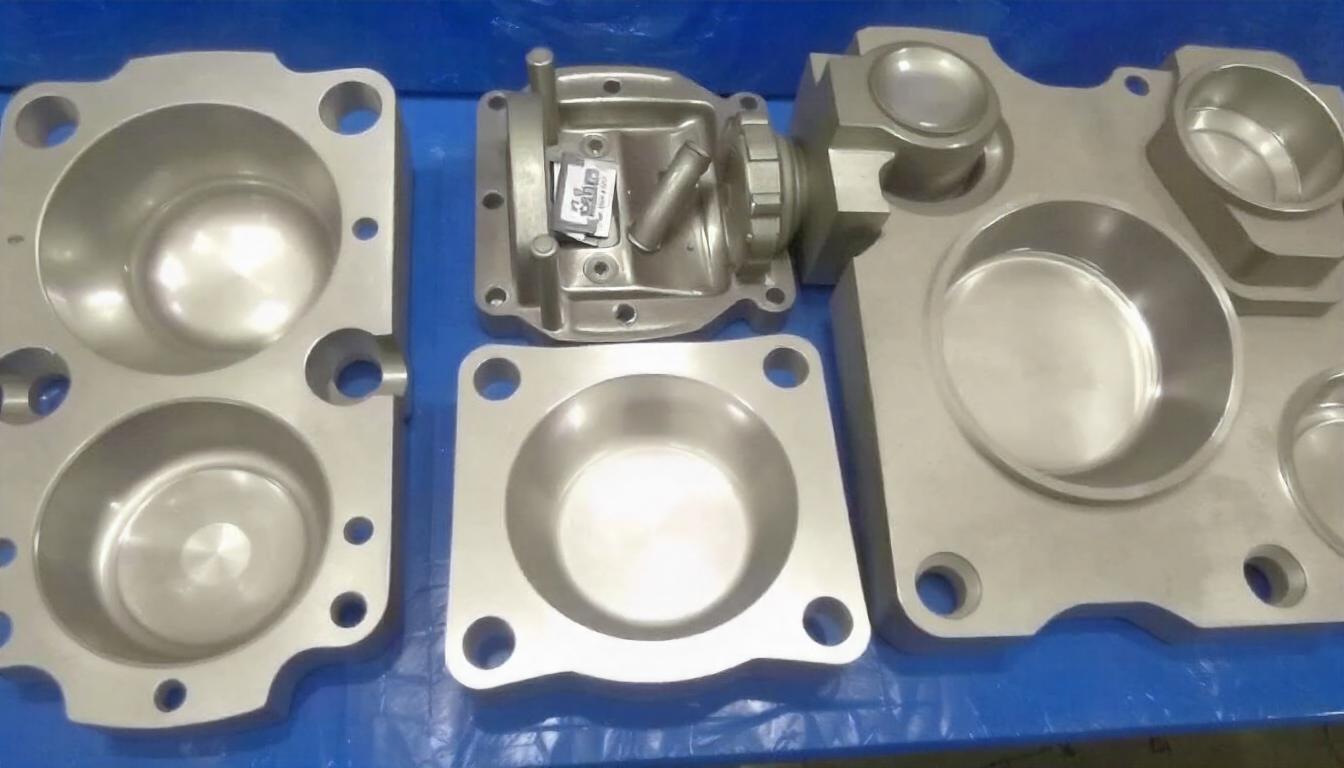
Advanced Aluminum Casting Techniques
Advancements in aluminum casting have introduced a variety of modern techniques that cater to the diverse needs of CNC machining. These methods—each with its unique strengths—allow manufacturers to select the most appropriate casting process based on the specific requirements of their projects. Among the most widely used modern techniques are die casting, sand casting, and investment casting, each offering distinct advantages in terms of precision, flexibility, and cost efficiency.
Die Casting: High Precision and Rapid Production
Die casting is a popular method in aluminum casting that involves forcing molten aluminum into a mold cavity under high pressure. This process is highly efficient and is particularly well-suited for mass production, as it allows for the rapid creation of identical parts with exceptional precision. The high pressure ensures that the molten aluminum fills every detail of the mold, resulting in parts with smooth surfaces and fine details. Die casting is ideal for producing large volumes of complex components, such as engine blocks or housing for electronic devices, where consistency and accuracy are crucial. Additionally, the ability to produce thin-walled parts with high dimensional stability makes die casting a preferred choice in industries like automotive and consumer electronics.
Sand Casting: Flexibility and Cost Efficiency
Sand casting is one of the most traditional casting methods, but it remains a valuable technique due to its flexibility and cost efficiency. In sand casting, a mold is created by compacting sand around a pattern of the desired part. Molten aluminum is then poured into the mold, filling the cavity to create the component. While sand casting may not offer the same level of precision as die casting, it excels in producing large and complex parts at a lower cost. This method is particularly useful for low to medium production volumes and is highly adaptable to a wide range of part sizes. Its ability to accommodate intricate designs and its relatively low tooling costs make sand casting an economical choice for prototypes and custom components in industries like heavy machinery and construction.
Investment Casting: Intricate Designs and Fine Details
Investment casting, also known as lost-wax casting, is a process that allows for the creation of highly intricate designs with fine details. This technique involves creating a wax model of the part, which is then coated with a ceramic shell. Once the ceramic shell hardens, the wax is melted away, leaving a cavity into which molten aluminum is poured. Investment casting is particularly advantageous for producing parts with complex geometries and tight tolerances, making it ideal for components that require a high degree of precision, such as medical devices, aerospace components, and jewelry. The ability to achieve smooth finishes and intricate details without the need for extensive machining makes investment casting a valuable tool in high-precision applications.
Benefits of Each Technique in CNC Machining
Each of these advanced aluminum casting techniques brings unique benefits to CNC machining, allowing manufacturers to optimize their processes based on specific project needs.
- Die casting offers high precision and rapid production, making it ideal for high-volume manufacturing.
- Sand casting provides flexibility and cost efficiency, particularly for larger parts and lower production runs.
- Investment casting excels in producing intricate designs with fine details, perfect for applications where precision is paramount.
By leveraging these techniques, CNC machining can achieve new levels of efficiency, accuracy, and complexity, driving innovation across various industries.
How Advanced Aluminum Casting Enhances CNC Machining
Improved Precision and Tolerances
Advanced aluminum casting techniques significantly enhance the precision and tolerances of CNC machined components. Methods like die casting and investment casting allow for the creation of parts with extremely tight tolerances and minimal variation. The high-pressure nature of die casting ensures that molten aluminum fills every intricate detail of the mold, resulting in components that closely match design specifications. Investment casting further refines this capability by producing parts with smooth surfaces and fine details, reducing the need for additional machining. This precision is crucial in applications where exact measurements and consistency are required, such as in aerospace and automotive components, where even minor deviations can impact performance and safety.
Enhanced Surface Finish and Aesthetic Appeal
The advanced techniques used in aluminum casting also contribute to superior surface finishes and aesthetic appeal. Die casting, for instance, produces parts with smooth, high-quality surfaces that often require minimal post-processing. Similarly, investment casting yields components with excellent surface detail and minimal surface defects, enhancing the overall look and feel of the finished product. These superior finishes are particularly valuable in consumer electronics and medical devices, where both function and form are important. The ability to achieve high-quality surface finishes directly from the casting process not only improves the aesthetic appeal of the parts but also reduces the time and cost associated with finishing operations.
Faster Production Cycles and Reduced Lead Times
Advanced aluminum casting methods streamline production cycles and reduce lead times, making them highly efficient for modern manufacturing demands. Techniques like die casting allow for the rapid production of large quantities of parts, thanks to their ability to quickly and consistently produce high volumes. This efficiency is further enhanced by the automation of casting processes and the use of sophisticated mold designs, which speed up both the casting and cooling phases. Sand casting, while traditionally slower, benefits from reduced tooling costs and setup times, making it an economical choice for shorter production runs. The reduction in lead times and increased production speed provided by these casting techniques enable manufacturers to respond more swiftly to market demands and reduce time-to-market for new products.
Customization and Complex Geometries
One of the standout advantages of advanced aluminum casting techniques is their ability to produce highly customized and complex geometries. Die casting and investment casting, in particular, excel at creating intricate shapes and detailed features that would be challenging to achieve with other methods. This capability allows for the design and manufacture of bespoke components tailored to specific requirements, whether it’s for specialized machinery, unique consumer products, or intricate aerospace parts. The flexibility of these casting methods supports innovation and customization, enabling manufacturers to push the boundaries of design and functionality in their CNC machined components.
Comparative Analysis: Aluminum Casting vs. Other Materials in CNC
Aluminum vs. Steel: Performance and Application Differences
When comparing aluminum to steel in CNC machining, the primary differences lie in performance and application suitability. Aluminum is significantly lighter than steel, which makes it ideal for applications where weight reduction is crucial, such as in aerospace and automotive industries. This lightweight characteristic enhances fuel efficiency and performance. However, steel generally offers higher tensile strength and durability compared to aluminum, making it suitable for heavy-duty applications and structural components that must withstand significant stress. While aluminum is often preferred for its corrosion resistance and ease of machining, steel's strength and resilience make it the material of choice for more demanding applications.
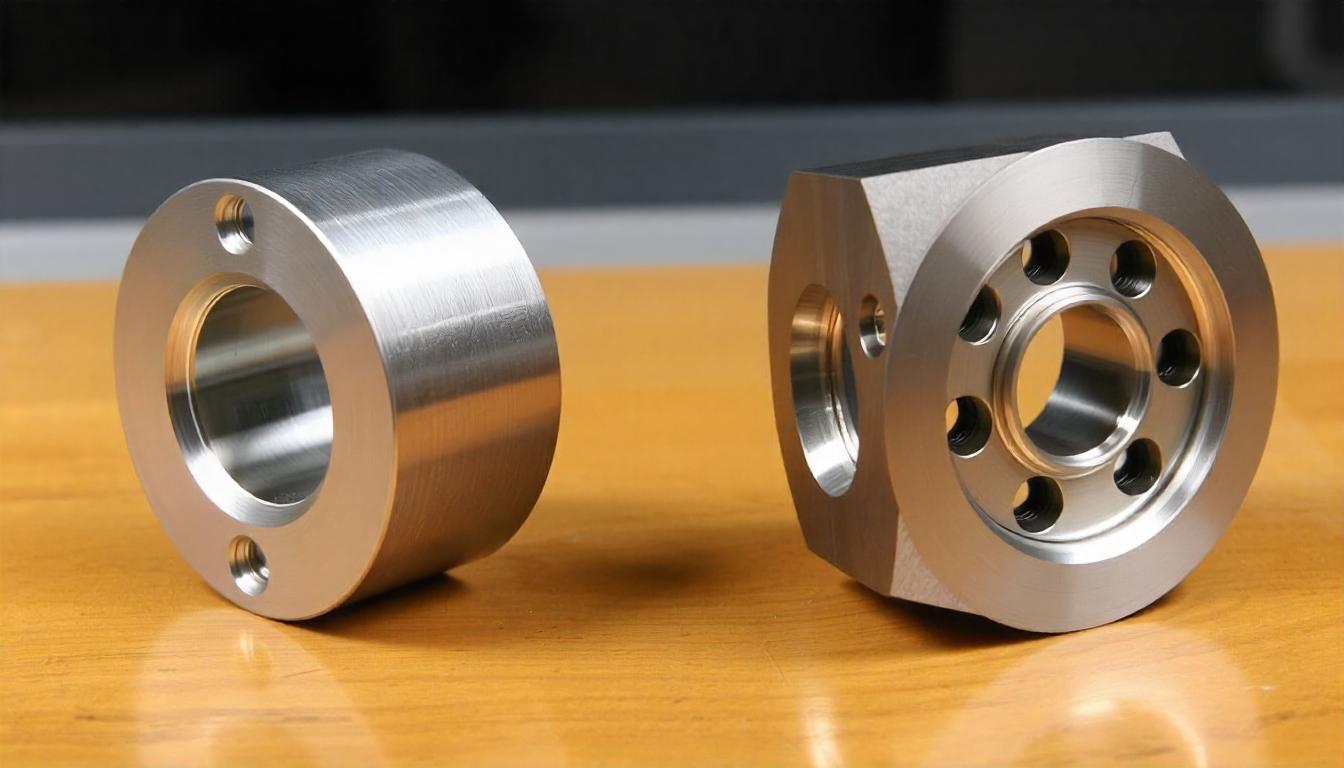
Aluminum vs. Titanium: Cost, Weight, and Usability
Aluminum and titanium are both valued for their strength-to-weight ratios, but they differ considerably in cost, weight, and usability. Aluminum is more cost-effective than titanium, making it a more economical choice for many manufacturing processes. Additionally, aluminum is lighter than titanium, offering significant advantages in applications requiring weight reduction. However, titanium, while heavier and more expensive, provides superior strength and corrosion resistance compared to aluminum. Titanium is often used in high-performance applications where the utmost strength and durability are required, such as in aerospace and medical implants. Despite its higher cost, the exceptional properties of titanium justify its use in specialized applications where performance outweighs cost considerations.
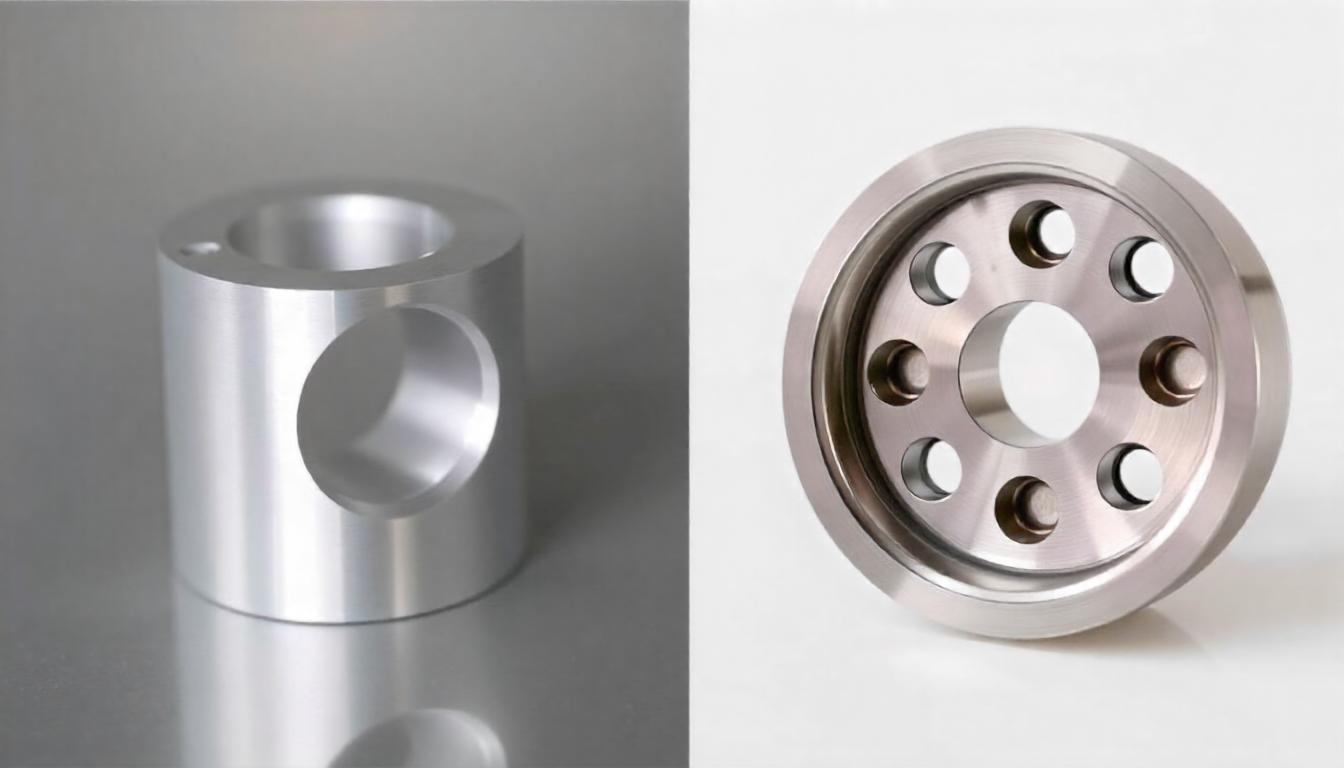
Aluminum vs. Plastics: Durability and Environmental Impact
Aluminum and plastics serve different purposes in CNC machining, each with its unique advantages and limitations. Aluminum is known for its durability, strength, and resistance to environmental factors such as temperature and corrosion. This makes it suitable for applications that require robust and long-lasting components, such as in machinery and automotive parts. Plastics, on the other hand, are lighter and often less expensive than aluminum, and they offer versatility in terms of molding and design. However, plastics generally lack the strength and heat resistance of aluminum. From an environmental perspective, aluminum is highly recyclable, which contributes to its sustainability. Plastics, while also recyclable, often pose greater environmental concerns due to their slower decomposition rates and the potential for pollution.
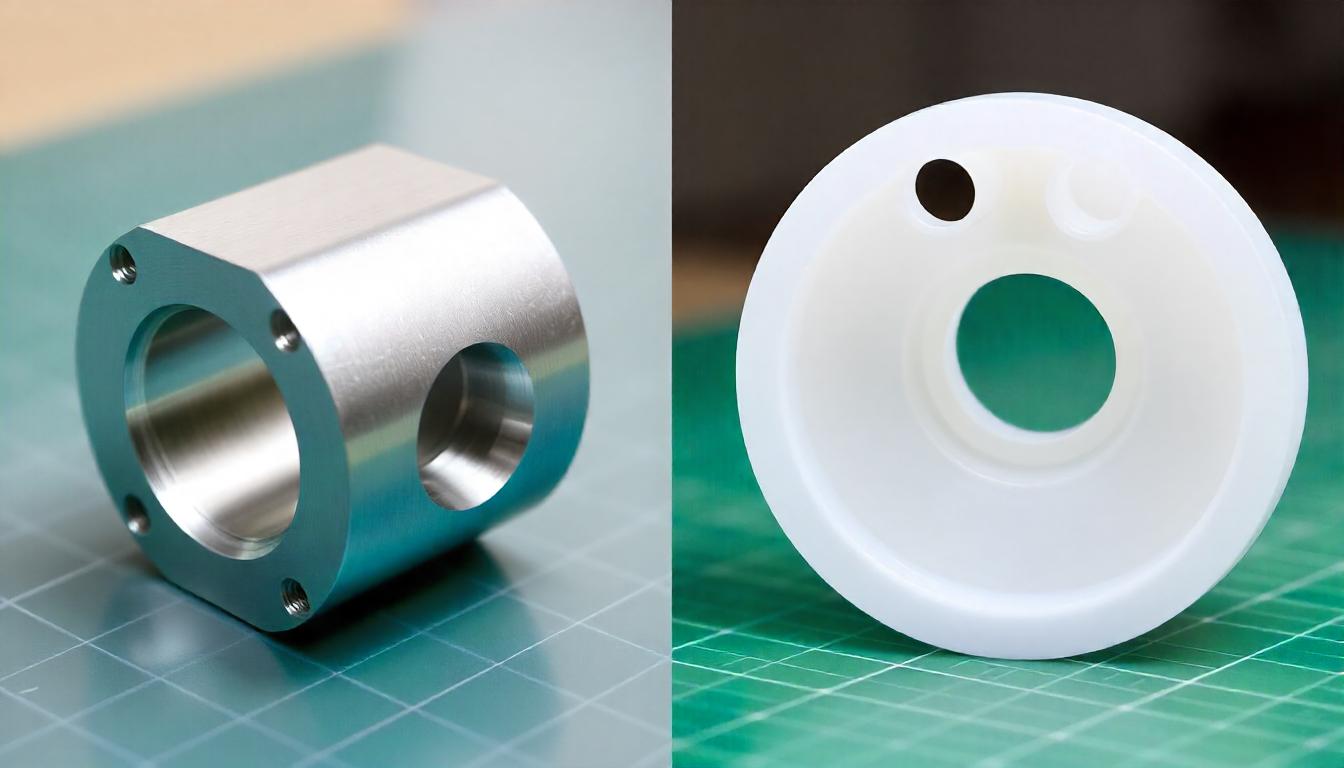
Environmental and Sustainability Considerations in Aluminum Casting
Recycling and Reusability of Aluminum: A Sustainable Approach
Aluminum is highly valued for its sustainability due to its excellent recyclability and reusability. Unlike many other materials, aluminum can be recycled indefinitely without losing its properties, making it an environmentally friendly choice for manufacturing. The recycling process of aluminum requires only a fraction of the energy needed to produce new aluminum from raw ore, significantly reducing the environmental impact.
By reprocessing used aluminum into new components, manufacturers can conserve natural resources and reduce waste, contributing to a circular economy. This reusability not only helps minimize the ecological footprint but also offers economic benefits by lowering material costs and reducing the need for virgin aluminum.
Energy Efficiency in Casting and Machining: Reducing the Carbon Footprint
Energy efficiency is a critical factor in minimizing the carbon footprint of aluminum casting and CNC machining. Advanced casting techniques, such as die casting and investment casting, often incorporate energy-efficient practices, including optimized heating and cooling processes, to reduce energy consumption. Furthermore, the integration of automated systems and precise control mechanisms in CNC machining helps streamline production, lowering energy use and emissions.
By investing in energy-efficient technologies and practices, manufacturers can reduce their overall environmental impact and contribute to sustainability goals. Implementing measures such as energy recovery systems and sustainable practices in both casting and machining processes plays a significant role in decreasing the carbon footprint associated with aluminum production.
Compliance with Environmental Regulations: Staying Ahead of the Curve
Adhering to environmental regulations is essential for manufacturers seeking to remain compliant and demonstrate their commitment to sustainability. Aluminum casting and machining operations must comply with a range of regulations related to emissions, waste management, and resource usage. Staying ahead of regulatory changes involves not only meeting current standards but also proactively adopting practices that exceed these requirements.
This can include implementing advanced pollution control technologies, improving waste management practices, and seeking certifications for environmental sustainability. By aligning with and exceeding regulatory standards, manufacturers not only ensure compliance but also position themselves as leaders in environmental stewardship, enhancing their reputation and supporting broader sustainability efforts.
Challenges and Solutions in Aluminum Casting for CNC Machining
Common Issues in Aluminum Casting
Aluminum casting, while offering numerous advantages, is not without its challenges. Common issues that manufacturers often encounter include porosity, cracking, and shrinkage. Porosity occurs when air or gas is trapped within the molten aluminum, leading to small voids or bubbles within the final cast part. This can weaken the structural integrity of the component and affect its performance. Cracking, another frequent problem, typically arises due to uneven cooling or excessive stress during solidification. Shrinkage, where the cast part becomes slightly smaller as it cools, can lead to dimensional inaccuracies and may require additional machining to correct.
Innovations in Overcoming These Challenges
To address these challenges, the industry has developed several innovative solutions. For example, the use of vacuum-assisted casting techniques can significantly reduce porosity by minimizing the presence of air and gas in the molten aluminum. Advanced cooling systems and controlled solidification processes help prevent cracking by ensuring more uniform temperature distribution throughout the casting. Additionally, the development of specialized alloys and additives has improved the material properties of aluminum, making it more resistant to common issues like cracking and shrinkage. These innovations not only enhance the quality of aluminum castings but also increase their reliability and longevity in CNC machining applications.
Quality Control Measures and Inspection Techniques
Quality control is critical in ensuring that aluminum castings meet the stringent requirements of CNC machining. Various inspection techniques are employed to detect and address potential issues before the parts are used in production. Non-destructive testing methods, such as X-ray and ultrasonic inspection, are commonly used to identify internal defects like porosity and cracks without damaging the parts. Additionally, precise measurement tools, including coordinate measuring machines (CMM), ensure that the cast components meet the required dimensional tolerances. By implementing rigorous quality control measures and leveraging advanced inspection techniques, manufacturers can consistently produce high-quality aluminum castings that perform reliably in CNC machining applications.
Conclusion
In conclusion, the ongoing revolution in CNC machining, driven by advanced aluminum casting techniques, is reshaping the manufacturing landscape. These innovations are not only enhancing precision, efficiency, and customization but are also paving the way for more sustainable and environmentally conscious production practices. As the industry continues to evolve, the integration of cutting-edge casting methods with CNC machining will undoubtedly lead to even greater advancements, opening new possibilities for complex designs and high-performance components. The future of CNC machining, powered by these developments, holds immense potential for continued growth, innovation, and sustainability.




